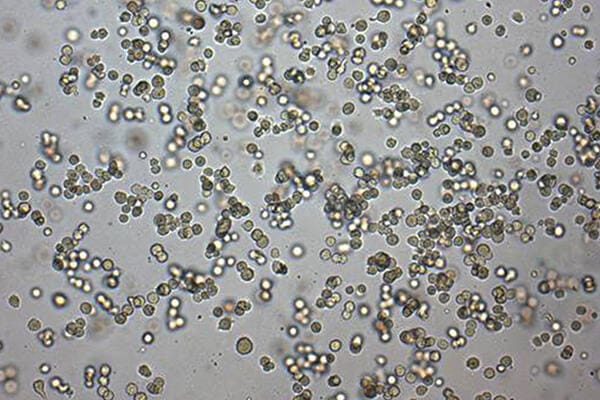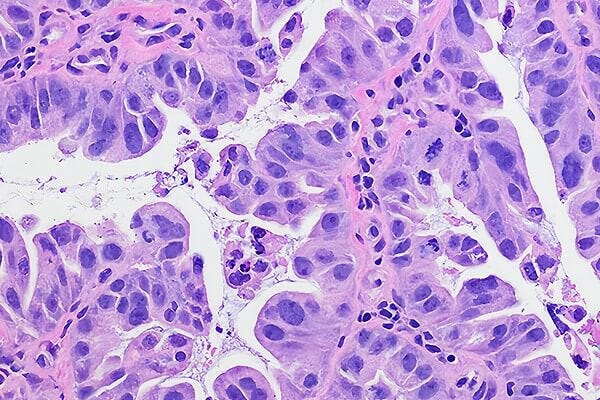Immunology Research
-
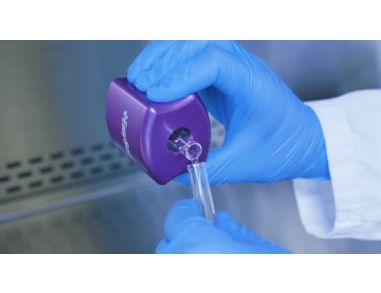 How to Isolate Cells with EasySep™ Column-Free Cell Separation Technology Isolation of human CD4+ T cells by negative selection using EasySep™ to separate highly purified cells in as little as 8 minutes
How to Isolate Cells with EasySep™ Column-Free Cell Separation Technology Isolation of human CD4+ T cells by negative selection using EasySep™ to separate highly purified cells in as little as 8 minutes -
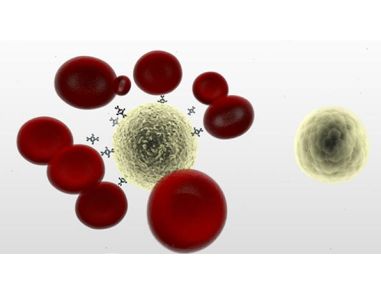 Isolate Cells from Whole Blood without Columns or Magnets: RosetteSep™ Immunodensity Cell Separation Describes statistical models that can be used to estimate the probability of monoclonality for limiting dilution cloning and semi-solid cloning
Isolate Cells from Whole Blood without Columns or Magnets: RosetteSep™ Immunodensity Cell Separation Describes statistical models that can be used to estimate the probability of monoclonality for limiting dilution cloning and semi-solid cloning -
 Working with Small Sample Volumes or Low Start Cell Numbers Using the Purple EasySep™ and EasyPlate™ EasySep™ Platforms Technical tip from our dedicated team of Product and Scientific Support specialists
Working with Small Sample Volumes or Low Start Cell Numbers Using the Purple EasySep™ and EasyPlate™ EasySep™ Platforms Technical tip from our dedicated team of Product and Scientific Support specialists -
 Processing Multiple Samples at One Time with the EasyEights™ Magnet The EasyEights™ EasySep™ Magnet is for cell separation procedures using selected EasySep™ reagents when simultaneously processing multiple samples
Processing Multiple Samples at One Time with the EasyEights™ Magnet The EasyEights™ EasySep™ Magnet is for cell separation procedures using selected EasySep™ reagents when simultaneously processing multiple samples -
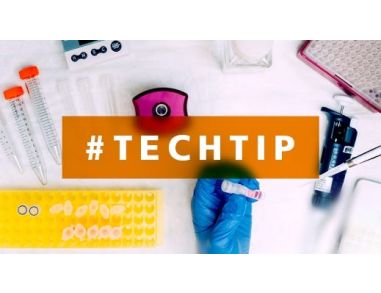 Improving Cell Recovery with EasySep™ Negative Selection Kits Technical tip from our dedicated team of Product and Scientific Support specialists
Improving Cell Recovery with EasySep™ Negative Selection Kits Technical tip from our dedicated team of Product and Scientific Support specialists -
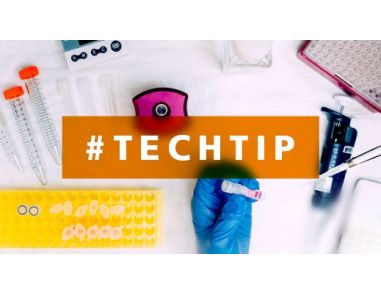 Isolate Virtually Any Cell Type Using EasySep™ or EasySep™ Release Indirect Selection Kits Use any biotinylated, FITC-, PE- or APC-conjugated antibody to label your desired cells and mix with EasySep™ reagents to obtain highly purified cells
Isolate Virtually Any Cell Type Using EasySep™ or EasySep™ Release Indirect Selection Kits Use any biotinylated, FITC-, PE- or APC-conjugated antibody to label your desired cells and mix with EasySep™ reagents to obtain highly purified cells -
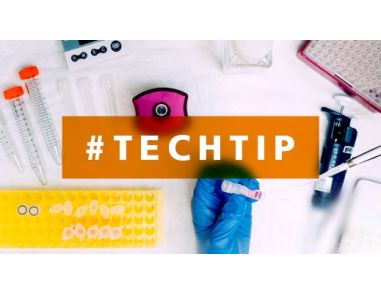 Using EasySep™ Positive Selection Kits for Cell Depletion The EasySep™ system allows you to use a positive selection kit to deplete the labeled cell type, by making changes to the separation scheme of the protocol
Using EasySep™ Positive Selection Kits for Cell Depletion The EasySep™ system allows you to use a positive selection kit to deplete the labeled cell type, by making changes to the separation scheme of the protocol -
 DNase I Treatment for Clumpy Cell Suspensions To reduce cell clumping and minimize presence of free-floating DNA fragments, we recommend adding DNase I Solution (Catalog #07900) to the cell suspension
DNase I Treatment for Clumpy Cell Suspensions To reduce cell clumping and minimize presence of free-floating DNA fragments, we recommend adding DNase I Solution (Catalog #07900) to the cell suspension -
 Isolating Cells from Atypical Samples Technical tip from our dedicated team of Product and Scientific Support specialists
Isolating Cells from Atypical Samples Technical tip from our dedicated team of Product and Scientific Support specialists -
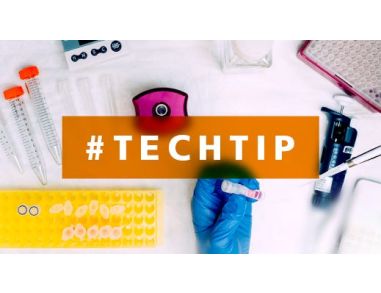 Assessment of Your Starting Sample and Calculation of Recovery from Cell Isolation Procedures Setting aside a small portion of your starting sample allows you to assess the frequency of desired cells in the sample prior to isolation
Assessment of Your Starting Sample and Calculation of Recovery from Cell Isolation Procedures Setting aside a small portion of your starting sample allows you to assess the frequency of desired cells in the sample prior to isolation -
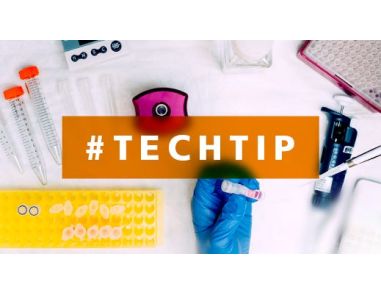 Isolate Multiple Cell Types from a Single Sample with Sequential Isolation Sequential separation, for higher recovery of purified cells from limited sample size and isolation of multiple cell types, is ideal for chimerism analysis
Isolate Multiple Cell Types from a Single Sample with Sequential Isolation Sequential separation, for higher recovery of purified cells from limited sample size and isolation of multiple cell types, is ideal for chimerism analysis -
 Importance of Using an FcR Blocker During Cell Separation Procedures EasySep™ Other Species indirect selection kits can be used to isolate cells from any species
Importance of Using an FcR Blocker During Cell Separation Procedures EasySep™ Other Species indirect selection kits can be used to isolate cells from any species


 EasySep™小鼠TIL(CD45)正选试剂盒
EasySep™小鼠TIL(CD45)正选试剂盒
